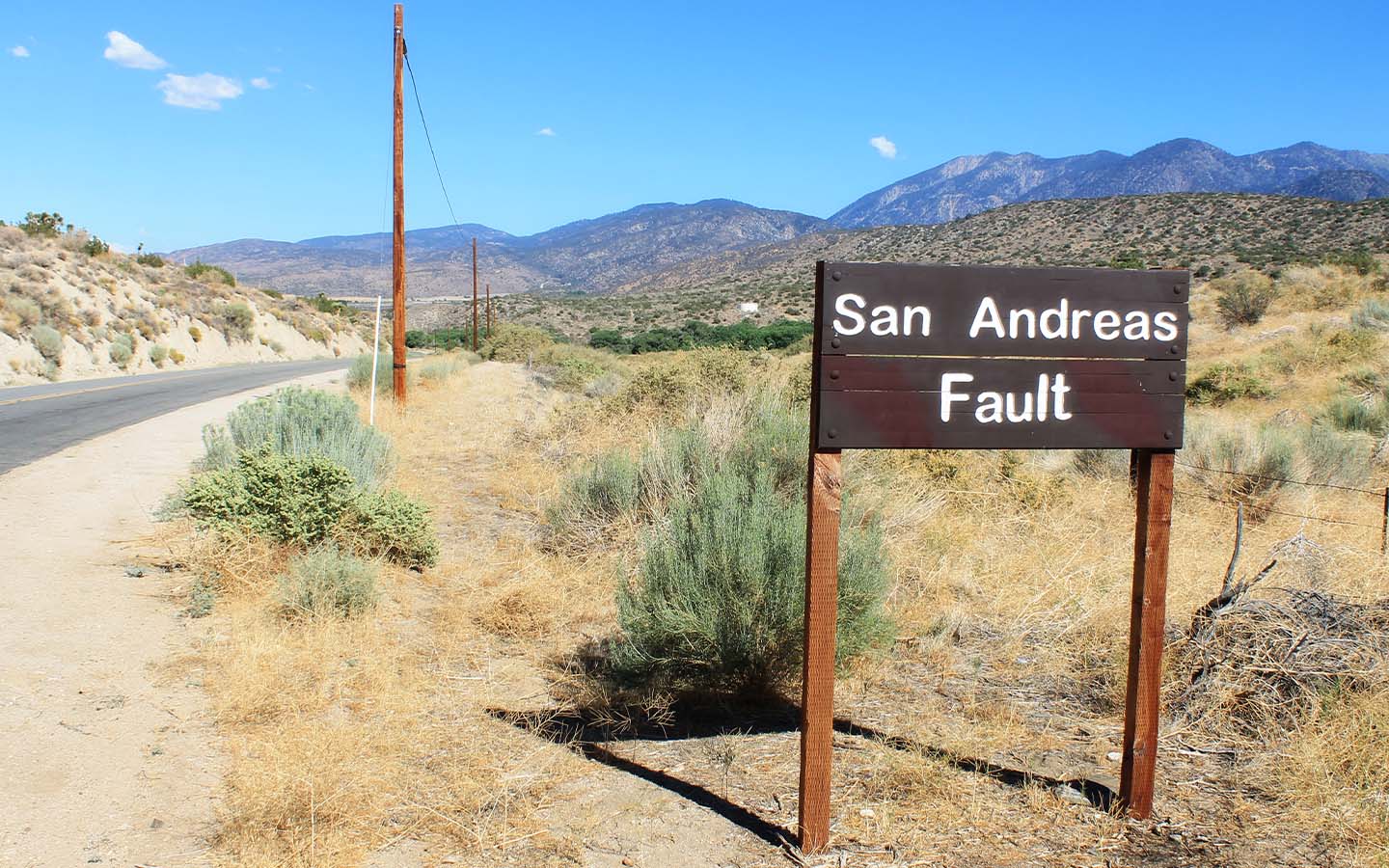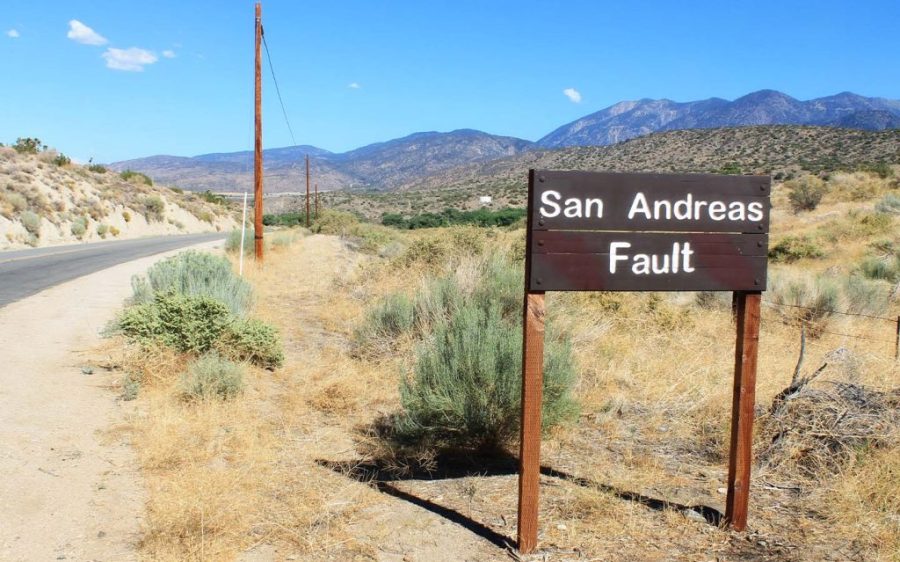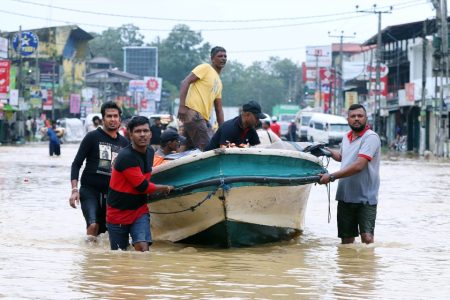Researchers at the Statewide California Earthquake Center (SCEC) are calling for new measures to protect against the “underappreciated” threat of powerful, fast-moving earthquakes.
Far from the earthquakes most Californians are used to, supershears move so quickly that they outrun their own seismic waves, SciTechDaily reports. Like the sonic boom from a plane breaking the sound barrier, supershear ruptures occur when the earthquake “breaks the shear wave speed barrier in the rocks and produces destructive waves that are stronger than what’s generated by a normal earthquake,” Ahmed Elbanna, professor of Earth sciences and director-designate of SCEC, explained to SciTechDaily.
The additional force generated can have devastating impacts, spreading intense shaking over a larger region and hitting communities with a “double strike” – a sharp jolt from the shock front followed by the trailing seismic waves.
California – situated along the eastern edge of the Ring of Fire – will have multiple magnitude 7 earthquakes in the coming decades, and the authors warn that current design standards are not up to weathering a supershear.
[See more: This is what could happen to Tokyo if Mt. Fuji erupted]
The Great 1906 San Francisco earthquake is believed to have been a supershear, arising from a magnitude 7.8 or higher earthquake along the San Andreas Fault. It still stands as one of the worst disasters in California history, estimated to have killed over 3,000 people and left around 200,000 homeless after fires caused by the quake engulfed much of the city.
Research published by UCLA in 2022 found that supershear quakes – once believed rare – account for 14 percent of all large earthquakes. It’s still a conservative estimate, but more than twice the rate previously believed. The paper noted that supershear earthquakes are more likely to occur along long, mature faults like California’s San Andreas, a roughly 1,200-kilometre fracture zone that runs nearly the length of the state.
The SCEC research team argue that more can be done to prepare for such quakes, including denser monitoring near major faults, advanced computer simulations of supershear scenarios and stronger building codes.
Scientists gained new insight on supershear ruptures from CCTV footage shot during the Myanmar quake this March. The shot of a gated driveway shakes slightly, building as the clip progresses, until around the 14-second mark, when the hillside on the right suddenly moves several feet. In reality, both sides moved in opposite directions, one point in a more than 460-kilometre rupture – around twice the distance expected from a 7.7 magnitude quake, and far faster at a top speed of 6 kilometres per second.






